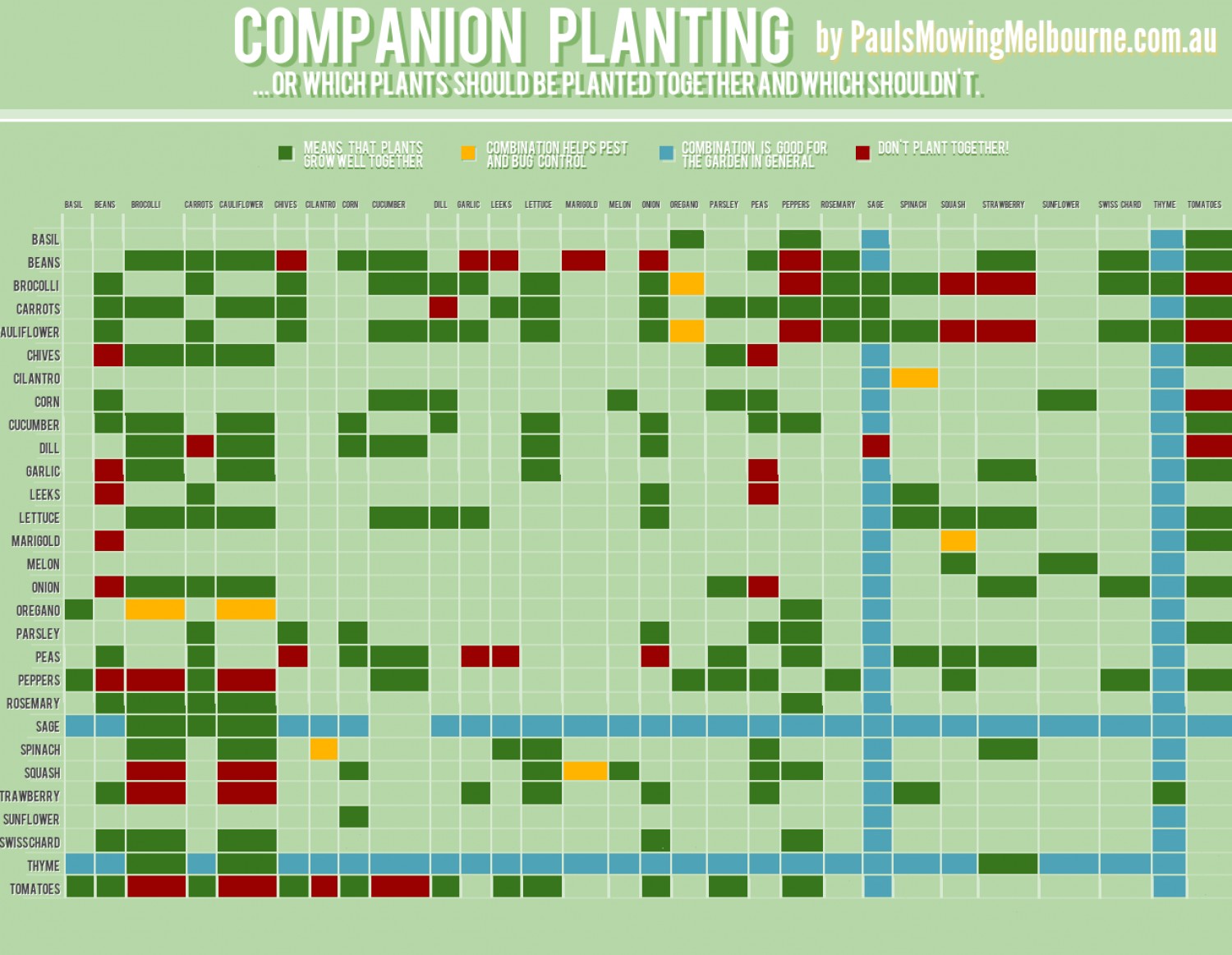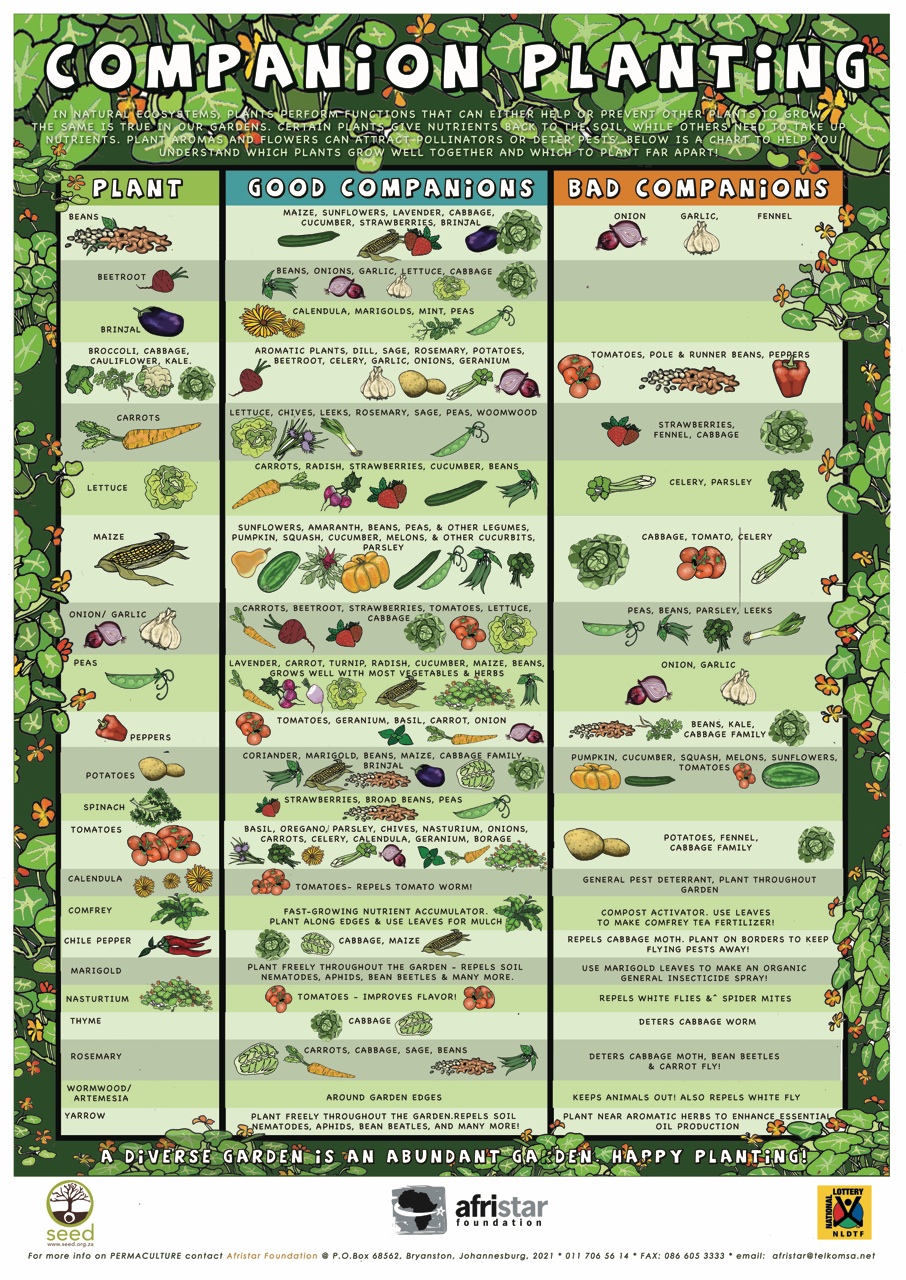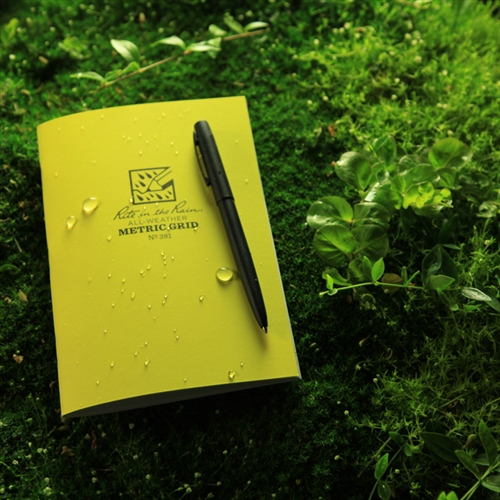Why You Should Try Companion Planting
Companion planting establishes symbiotic relationships between fruits, vegetables, herbs and flowers in your garden. By grouping certain plants together, both can reap benefits. Sometimes plants exchange or balance nutrients, or one plant protects the other, or aides in its growth. Companion planting can also conserve space in the garden, permitting certain plants with varying root depths and growth habits to share the same space.
Why You Might Hate It
Companion planting is an excellent idea for everyone except OCD gardeners who may feel the need to group like items together. Companion planting might just flip you out. It can be visually challenging.
It also requires planning, which isn’t ideal for people (like my mother-in-law) who enjoy spontaneous planting. If you plant when the spirit moves you, this technique may throw off your groove.
Getting Started
The National Sustainable Agriculture Information Service issues a free, digital copy of their companion planting guide. It includes a quick reference chart as well as research behind why the parings work as they do. There is also a very helpful guide on the history and importance of corn among first nation/ Native Americans here in the US. The document includes charts for the best way to grow different varieties of corn.
If you want a more colorful option, I recommend Paul’s chart.
Visual learners may enjoy Afristar’s beautiful guide, though it has fewer details.
Now that you’ve got a few ideas for what plants compliment another, you’ll want a handy-dandy notebook with a grid. Any notebook at an office supply store will do. I used a Five Star folder last year. This time around, I recommend Rite in the Rain products. The paper and pens are waterproof, smudge proof, and freeze resistant which is great if you want to take the chart outside with you. And why wouldn’t you?
Or you can be modern and use software. I wouldn’t recommend taking an expensive phone or tablet out into a garden with dirt, dust, water, and sharp objects like shovels. If you don’t mind the risk, try Mother Earth News’ Vegetable Garden Planner or Grow Planner App with great features like frost dates, crop rotation recommendations and much more. I’ve used the free trial of the program and it’s very user friendly.
CNET also offers a free garden planner, but sometimes you unintentionally download more than you expect (malware) from sites like that. I’d stick with pen and paper.
If you need more guidance, it should be noted that some scientists hate the term companion planting because it sounds too lovie-dovie. Those guys prefer “intercropping” and “plant associations.” You can try searching online for resources using those terms, too.
Things to Keep in Mind
- If you’re working the garden or sharing food at the table with someone who may have food allergies, be sure that the allergen does not share a garden bed, harvest basket or cutting board with plants that he or she plans to eat.
- Companion planting isn’t magic. It won’t completely and irreversibly keep pests, diseases and other ills at bay. It is only a natural way to minimize problems in the garden without shopping for expensive products with questionable ingredients (which also may not work like magic).
Sadly, I won’t be planting this spring since we haven’t located our new house yet. That does give me more time to spend with my garden planner!
Let me live vicariously through you in the meantime. Share your gardening plans of 2015!


